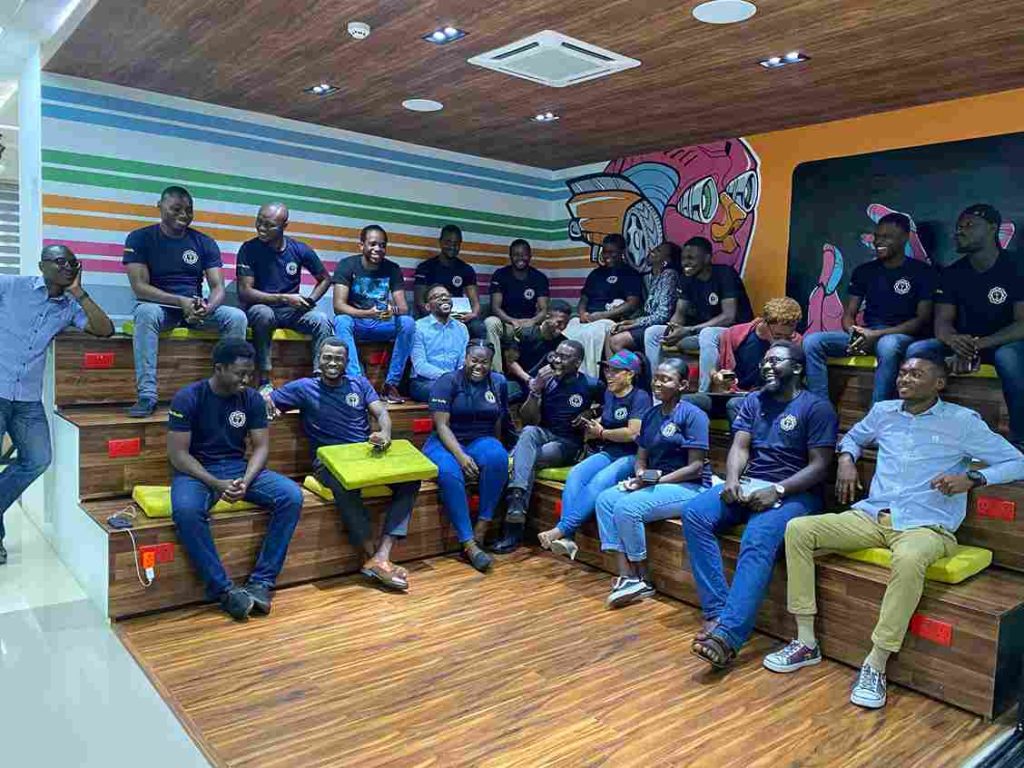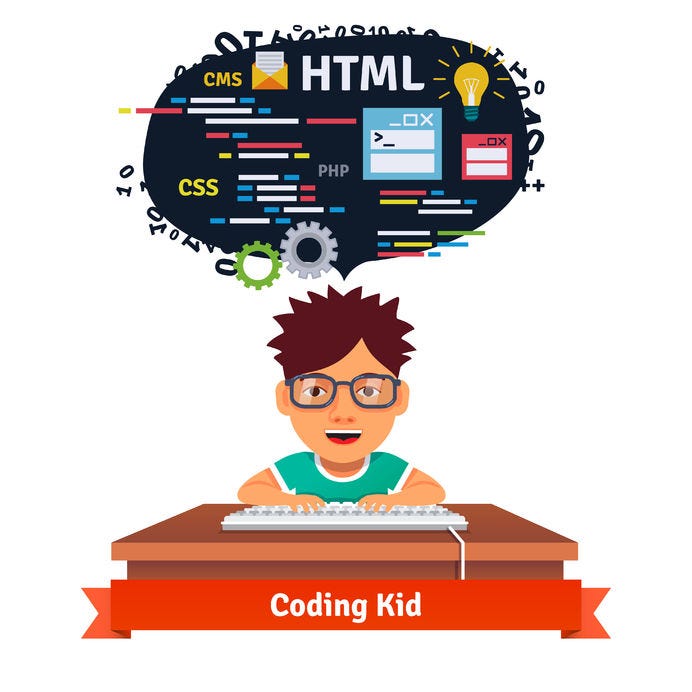Are you a tech enthusiast taking your first steps into the world of software development? You’ve probably come across the term “Software Development Life Cycle” or SDLC. Don’t worry if it seems like a complex concept at first. This comprehensive guide will break down the concept for you, step by step, exploring the benefits, common models, and best practices associated with SDLC.
Click here if you want to become a TECH BRO/SIS & start EARNING BIG
Creating software is a huge undertaking, particularly for intricate projects. Without proper management, the process can become chaotic, and the software may be released before it is completely free of errors. To avoid this, it is important to adhere to a structured system that ensures maximum efficiency, product uniformity, and customer satisfaction — and this is where the software development life cycle (SDLC) comes in.
This guide will provide you with valuable insights to help you navigate the world of SDLC successfully, even if you’re new to software development or seeking to deepen your understanding.
Understanding Software Development Life Cycle
The software development life cycle (SDLC) is a systematic process for developing high-quality software applications. It consists of all stages of software development, from initial planning and requirements gathering to implementation, testing, and maintenance.
By following the SDLC, development teams can deliver robust, reliable, and efficient software solutions.
Benefits of SDLC
Implementing an SDLC approach offers several benefits for software development projects:
1. Improved Efficiency: One of the primary advantages of SDLC is the enhancement of software quality. SDLC ensures a structured approach to development, reducing the likelihood of errors, rework, and delays, resulting in a more robust and reliable product. It enables effective resource allocation and timely completion of project milestones.
2. Enhanced Quality: By adhering to a well-defined process, SDLC promotes thorough testing and validation at each stage. This leads to higher-quality software that meets user expectations and experiences fewer issues.
3. Effective Communication and Collaboration: SDLC encourages clear communication among team members, stakeholders, and clients throughout the development process. It enables seamless collaboration, minimizing misunderstandings and enhancing project outcomes.
4. Effective Project Management: SDLC provides a clear framework for project management. It allows you to set realistic expectations, establish milestones, and manage resources efficiently.
5. Cost-Efficiency: With a well-defined plan in place, you can avoid unexpected costs and scope creep, which can save you both time and money.

Common Models Used in SDLC
Several models are commonly used within the SDLC framework. Let’s explore a few popular ones:
1. Waterfall Model: The waterfall model is a linear approach to completing a project, where each step must be finished before the next one can begin. It is best for projects with clear goals and unchanging scope. The process starts with gathering the requirements and then moves on to design, development, testing, deployment, and maintenance. This model offers a clear structure, but it is not very flexible when it comes to making changes during the project.
2. Agile Model: The Agile model focuses on developing software in small, incremental steps. It encourages planning that can be adapted as needed, regular feedback from customers, and frequent delivery of working software. Popular Agile methodologies such as Scrum and Kanban are known for their flexibility and focus on customer involvement. Agile development cycles are made up of short periods of time, called sprints, where requirements are regularly evaluated, and customer feedback is taken into account. This approach allows for more flexibility, quick changes, and early value delivery.
3. Iterative Model: The iterative model breaks the development process into smaller pieces. It is similar to Agile in that it allows for feedback-driven changes, but it does not require as much customer involvement. Each piece of the process (planning, design, development, and testing) is done in cycles and the end result is a working version of the software. This version can then be released to users for evaluation and feedback. Through repeating these cycles, the software gradually gets better and better, making sure that user needs are met.
4. Spiral Model: The spiral model is a combination of the waterfall and iterative models. It focuses on risk management and repetitive processes. Each cycle of the spiral model includes four steps: figuring out the objectives, assessing risks, creating and testing, and evaluating and planning the next cycle. This model is good for complex and big projects because it allows for a thorough risk evaluation and risk reduction early on.
Best Practices in SDLC
– Thorough Requirements Gathering: The success of any software project starts with clear, detailed requirements. Take the time to understand and document what the software needs to accomplish.
– Regular Testing: Testing should be an integral part of every SDLC model. Frequent and rigorous testing helps identify and rectify issues early, reducing the risk of expensive rework later.
– Collaboration and Communication: Foster a collaborative environment where developers, testers, and other stakeholders communicate effectively. This ensures a shared understanding of the project’s goals.
– Version Control: Implement a version control system to manage changes to the source code. This ensures that previous versions are preserved, and you can track changes and roll back if needed.
– Documentation: Comprehensive documentation is vital for understanding the software’s design, functionality, and maintenance requirements.

In conclusion, understanding the Software Development Life Cycle is crucial for beginners in the software development field. It enhances quality, streamlines processes, and keeps everyone involved in the project aligned.
Click here if you’re looking to build a successful career in tech within 4–6 months.
By following best practices and selecting appropriate models, development teams can achieve more efficient, high-quality software solutions. Whether you opt for the structured approach of the Waterfall model or the adaptability of Agile, SDLC provides a solid foundation for success. So, start your software development journey with confidence, armed with the knowledge of how to navigate the SDLC effectively.
With the right approach and best practices, you’ll be well on your way to creating high-quality software that meets the needs of your clients and users.
Ready to take the plunge into the world of technology? Consider enrolling in the Fellowship program at The Bulb Africa. Our program offers comprehensive courses and guidance, helping you kickstart your career with confidence.
Click here to register for the Fellowship program at The Bulb Africa


